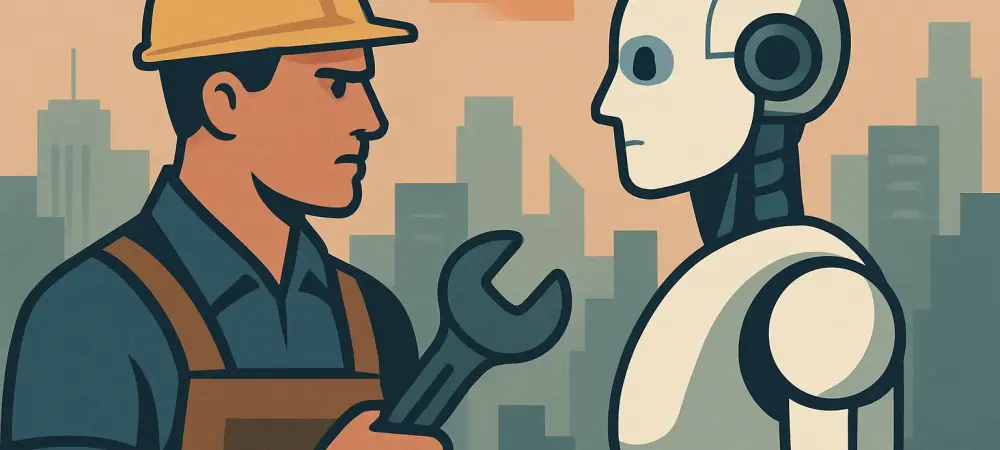As the U.S. economy navigates a complex web of challenges, a troubling trend has emerged in the labor market, with stagnation casting a shadow over job growth and stability, while recent data reveals a significant drop in hiring plans despite a decline in monthly layoffs. This paints a picture of an economy grappling with uncertainty. Employers are caught between rising operational costs, transformative technologies such as artificial intelligence (AI), and unpredictable policy shifts, all of which are reshaping the employment landscape. According to a report from a leading outplacement firm, job cuts announced in September reached 54,064, marking a 37% decrease from the prior month. However, year-to-date layoffs have surged to nearly 950,000, the highest since the early post-recession years, while planned hiring for the year lingers at a mere 204,939, the lowest in over a decade. This stark contrast signals deeper structural issues, raising questions about the sustainability of current labor trends and the potential for recovery in the near term.
Technology’s Role in Labor Disruptions
The rapid advancement of AI and automation is profoundly altering the job market, particularly in the technology sector, where over 107,000 layoffs have been announced this year alone. These technologies, while driving efficiency and innovation, are also creating significant barriers, especially for entry-level positions that once served as gateways for new workers. Companies are increasingly relying on automated systems to handle tasks previously performed by human employees, reducing the demand for traditional roles. This shift is not only displacing workers but also reshaping the skill sets required in the workforce, leaving many unprepared for the evolving demands. Economic uncertainty, compounded by such technological disruptions, has led employers to adopt a cautious stance, often prioritizing cost-cutting over expansion. As a result, the labor market faces a dual challenge: adapting to new tools while addressing the displacement they cause, a dynamic that continues to hinder robust job growth across multiple industries.
Policy Uncertainties and Economic Headwinds
Beyond technological impacts, policy-related disruptions and broader economic challenges are further straining the labor market, with government actions playing a pivotal role in recent trends. Last year saw nearly 300,000 job cuts in the federal sector due to initiatives aimed at reducing the workforce, while a recent government shutdown—the 15th of its kind since 1981—has affected roughly 750,000 federal workers. This shutdown has also delayed the release of critical economic data, including employment reports and consumer price indicators, obscuring the true state of the economy. Meanwhile, nonfarm payroll gains have cooled to an average of just 29,000 jobs per month in recent data, a sharp decline from the previous year’s figures. Despite a glimmer of hope from the Federal Reserve’s recent interest rate cut to a 4.00%-4.25% range, persistent uncertainties around trade policies and other external factors continue to dampen employer confidence. Looking back, these combined pressures underscored a period of hesitation, but the focus now shifts to actionable strategies, such as targeted reskilling programs and policy reforms, to stabilize the market and foster sustainable growth in the months ahead.

